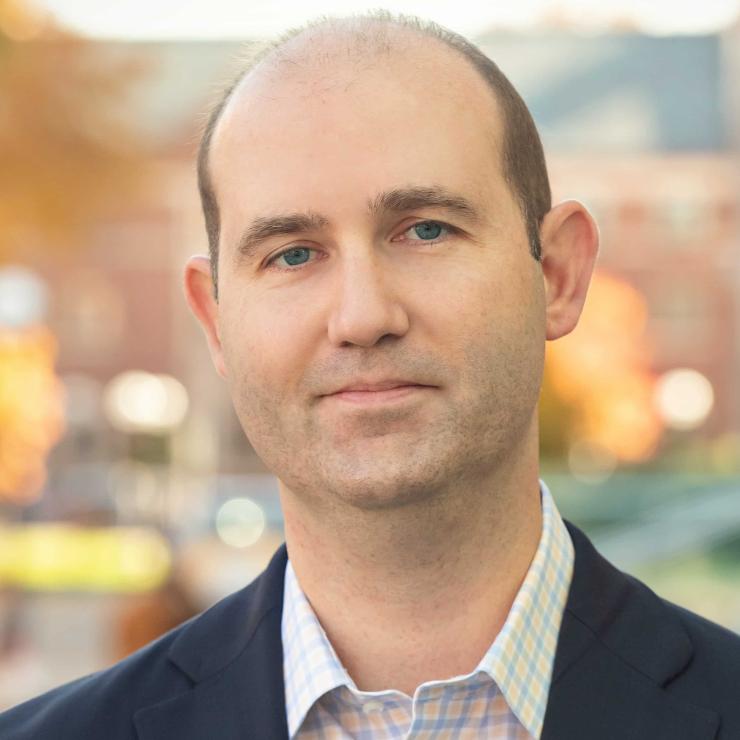Carson Byrd speaks with Diverse Issues in Higher Education about the limits of promise programs
A new study finds that promise programs still leave racial gaps in higher education.
Promise programs, in which recent high school graduates are offered free tuition to attend local colleges and universities, have become popular tools to bridge equity gaps in higher ed over the past two decades, reports Diverse Issues in Higher Education. Despite leading to an increase in enrollment rates for Black and Latine students, a new study by Carson Byrd and colleagues shows that there are limits to what promise programs, as currently designed, can do: racial gaps in stop-out rates remained persistent.
“Reducing the financial barriers to access doesn’t necessarily reduce the financial barriers to success,” said Byrd. His team’s research, published in the Journal of Diversity in Higher Education, focused on participants in the Kalamazoo Promise program. Although the study found that students of all backgrounds were more likely to enroll, perform well, and persist in college, the effects were not enough to wipe out differences in how often students withdrew from school temporarily, with Black students more likely to stop out than others.
“Cumulative race and class advantages prior to college don’t go away,” said Byrd. “Even when you have access equalized, there are still so many other advantages in the schooling process than can build up and propel white students further than Black and Latino students.”
